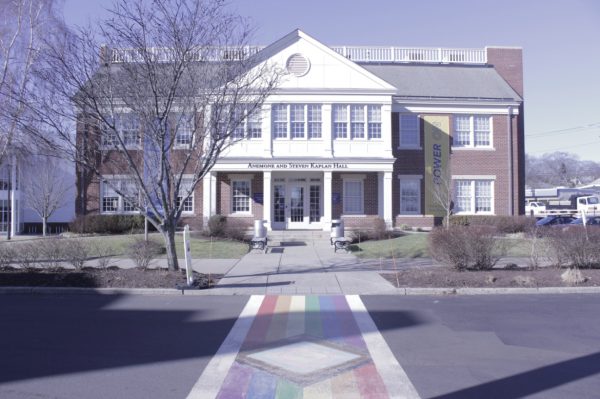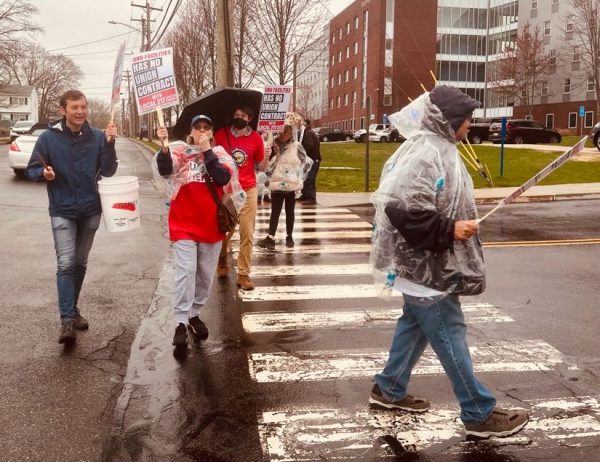Recent data report provides outlook on community wellness
CT DataHaven released their annual Community Wellbeing Index, which shows stark inequality in the region, yet a high quality of life. Here are some of the highlights:
The Greater New Haven area has a home ownership rate of 60% in comparison to West Haven’s rate of 51%. In Connecticut, the home ownership rate is 66%.
West Haven’s personal wellbeing index score is 678, compared to New Haven’s at just 389. Connecticut holds an overall rating of 696.
Over the past 40 years, demographers have reported an increase in income inequality in the area, or a rapid increase in the median income of higher-income towns compared to lower-income towns.
Across all ages, West Haven has a poverty rate of 11%, with New Haven’s at 25%. Connecticut’s poverty rate is 10%, and the United States’ is 13%.
New Haven has a low income rate of 49%, compared to 29% in West Haven, 22% across Connecticut, and 30% across the U.S.
Food insecurity has been on the rise across Connecticut since the COVID-19 pandemic. In the Greater New Haven area, Latinos have the highest food insecurity rate at 34% as of 2022. Close behind is the Black population at 25%, with an overall food insecurity of 17% across all races in the area.
The report also outlined vehicular access in the area. Across all households, 6% of white households, 23% of Black households, 16% of Latino households and 11% of Asian households do not have access to a motor vehicle.
For households with no employed members, 69% of Black households do not have access to a vehicle, with 47% of Latino, 37% of Asian and 33% of white households facing the same issue.
In contrast, the rates of access to a motor vehicle within households with one worker are much lower. Six percent of white households, 21% of Black households, 16% of Latino households and 18% of Asian households with one employed member do not have access. There is still a notable gap between races, even when employment is a contributing factor.
The racial notation of a household is determined by the racial identity of the head of the household.
In the Greater New Haven area, 12% of people do not have internet access, and in West Haven 11% of people do not have internet access. In New Haven, 17% of people do not have internet access. In households where the net income is less than $50,000 annually, the numbers rise drastically, with 20% of people in this income bracket in West Haven lacking broadband access, 26% of New Haven and 25% of the Greater New Haven area.
In housing data from 2020, Asian households had a median value of $325,000 at the highest end of the region, while Black and Latino households shared the lowest point with a median income of $200,000.
In education, within six years of graduating high school, only half of public school attendees within the Greater New Haven districts have a college degree. This follows a 76% enrollment rate within one year of graduation.
For further information surrounding these subjects, among many others, publications in future weeks will reflect the information provided by DataHaven’s latest index.

Mia Adduci is a senior studying communication concentrating in multi-platform journalism and media who began writing for the paper her first semester on...









